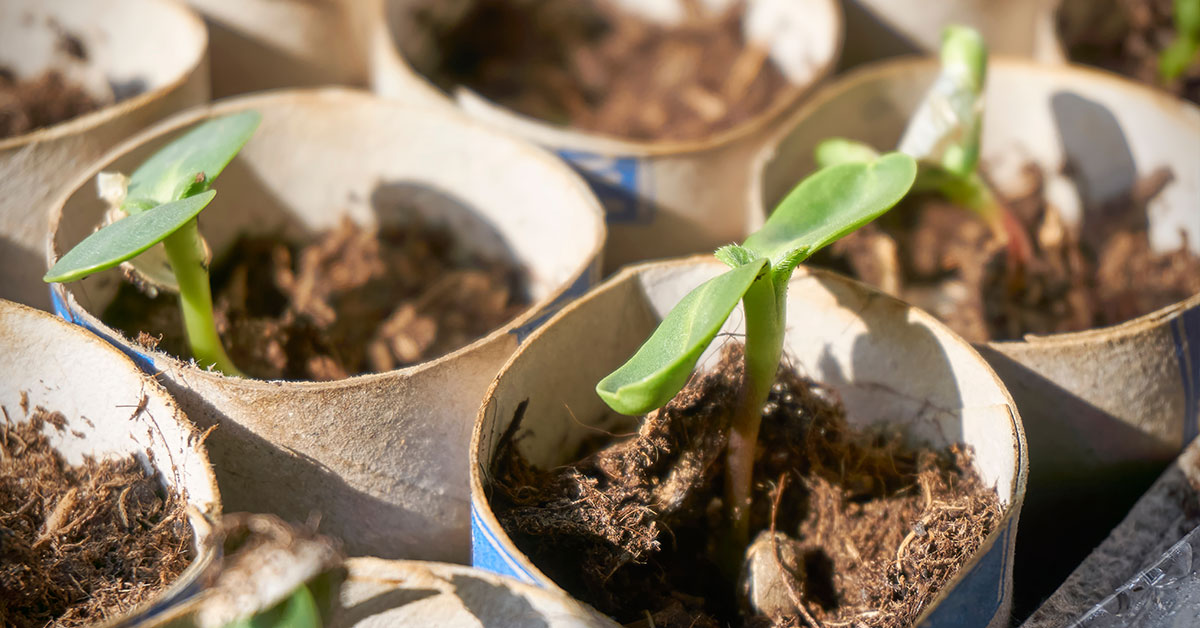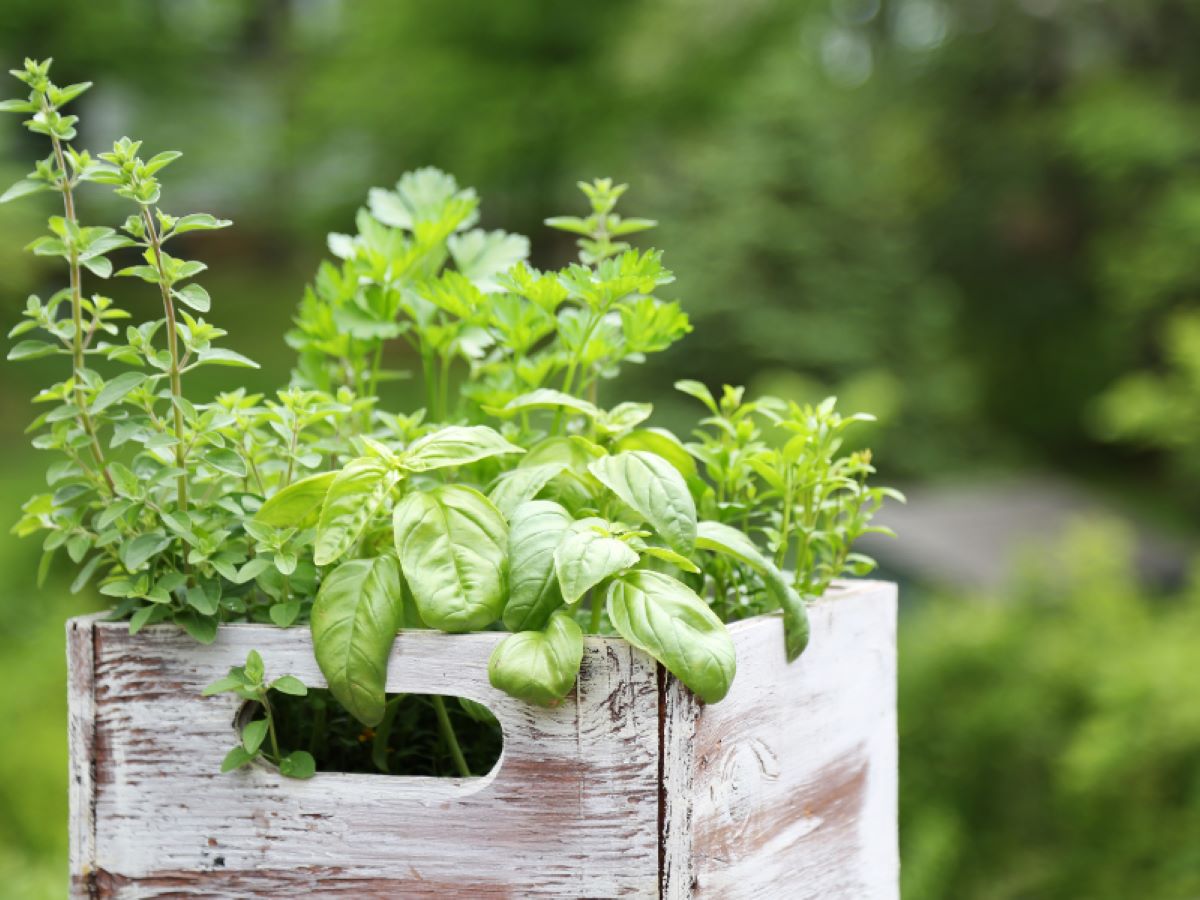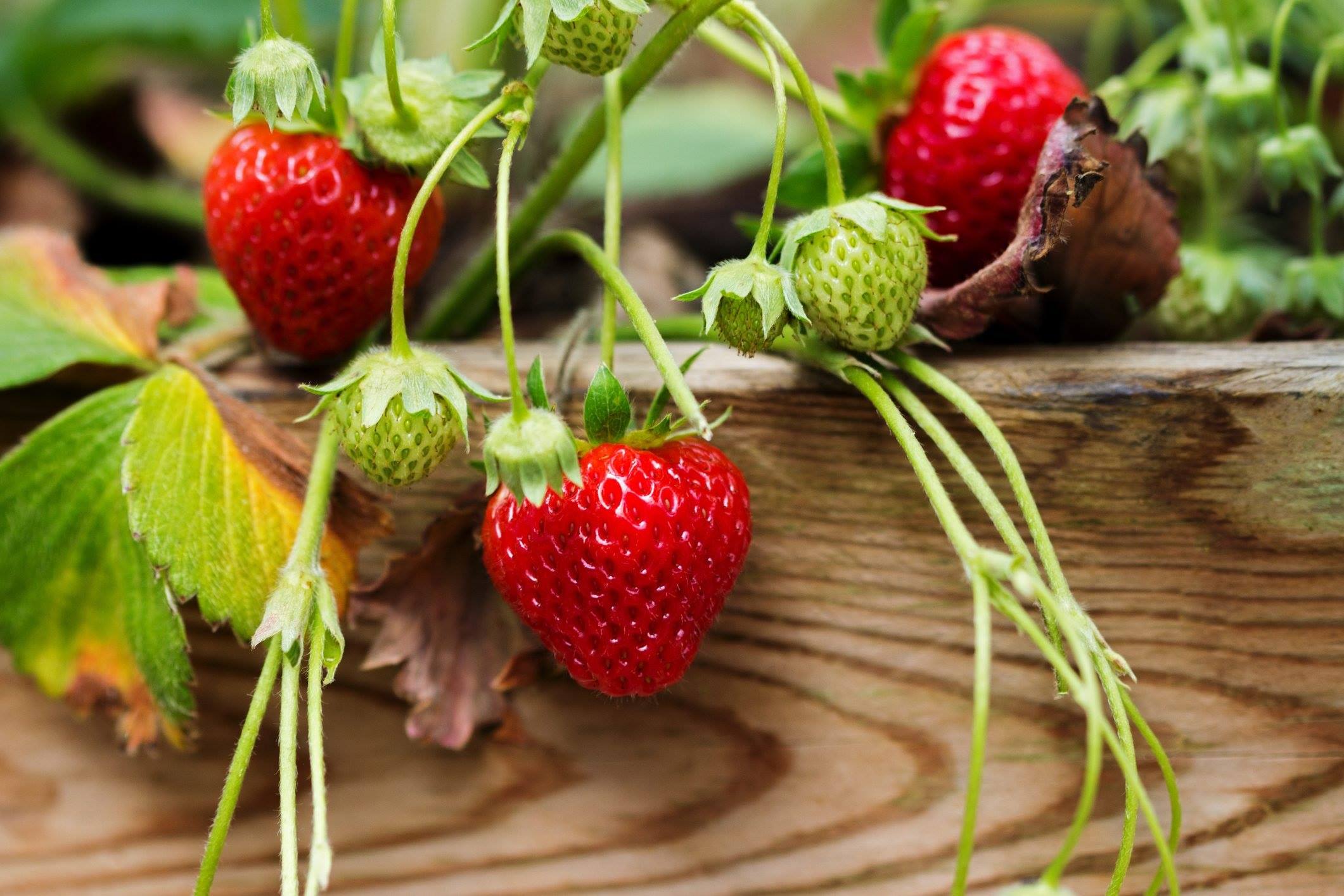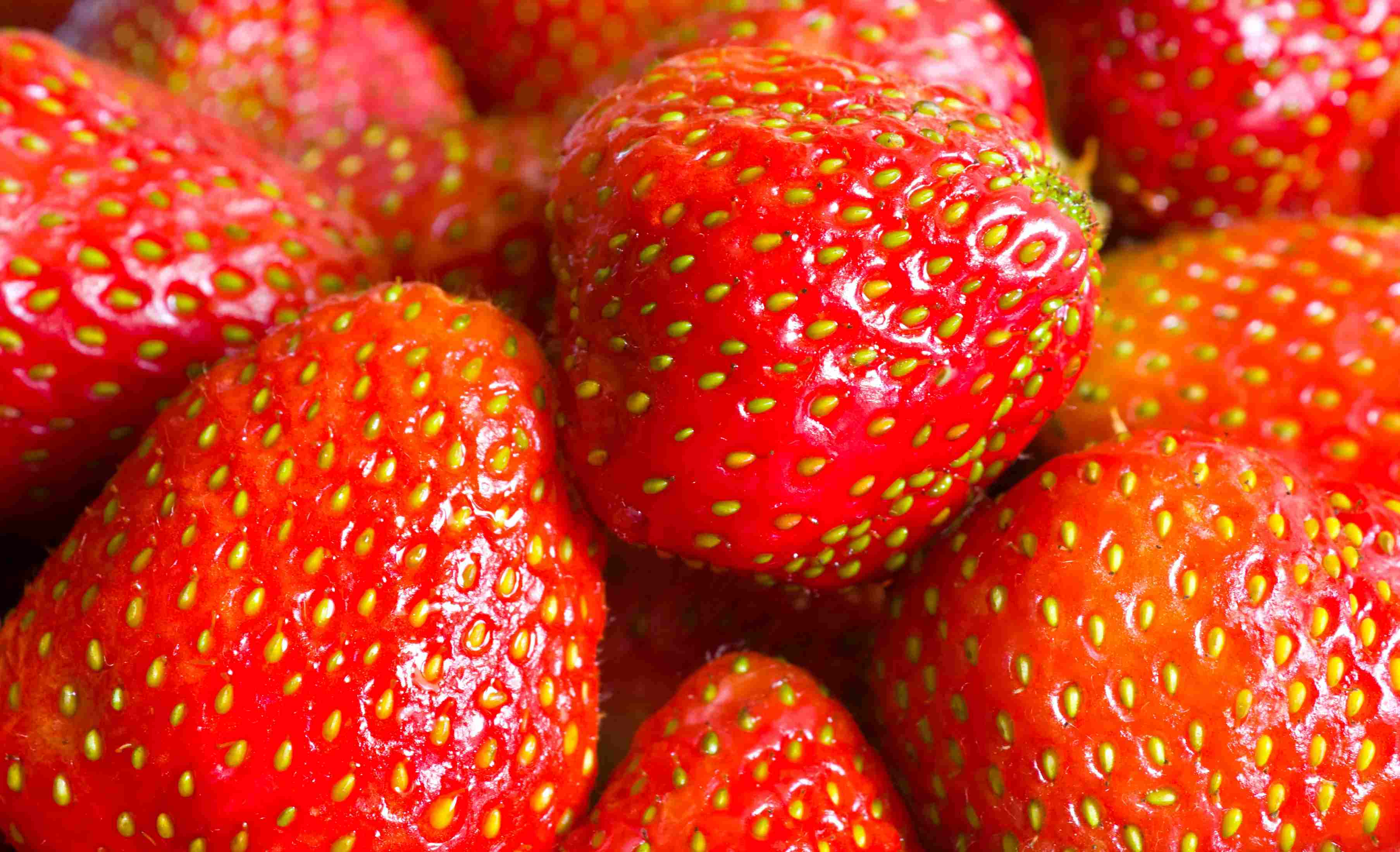Home>Types of Gardening>Edible Gardening>How Long For Strawberry Seeds To Sprout
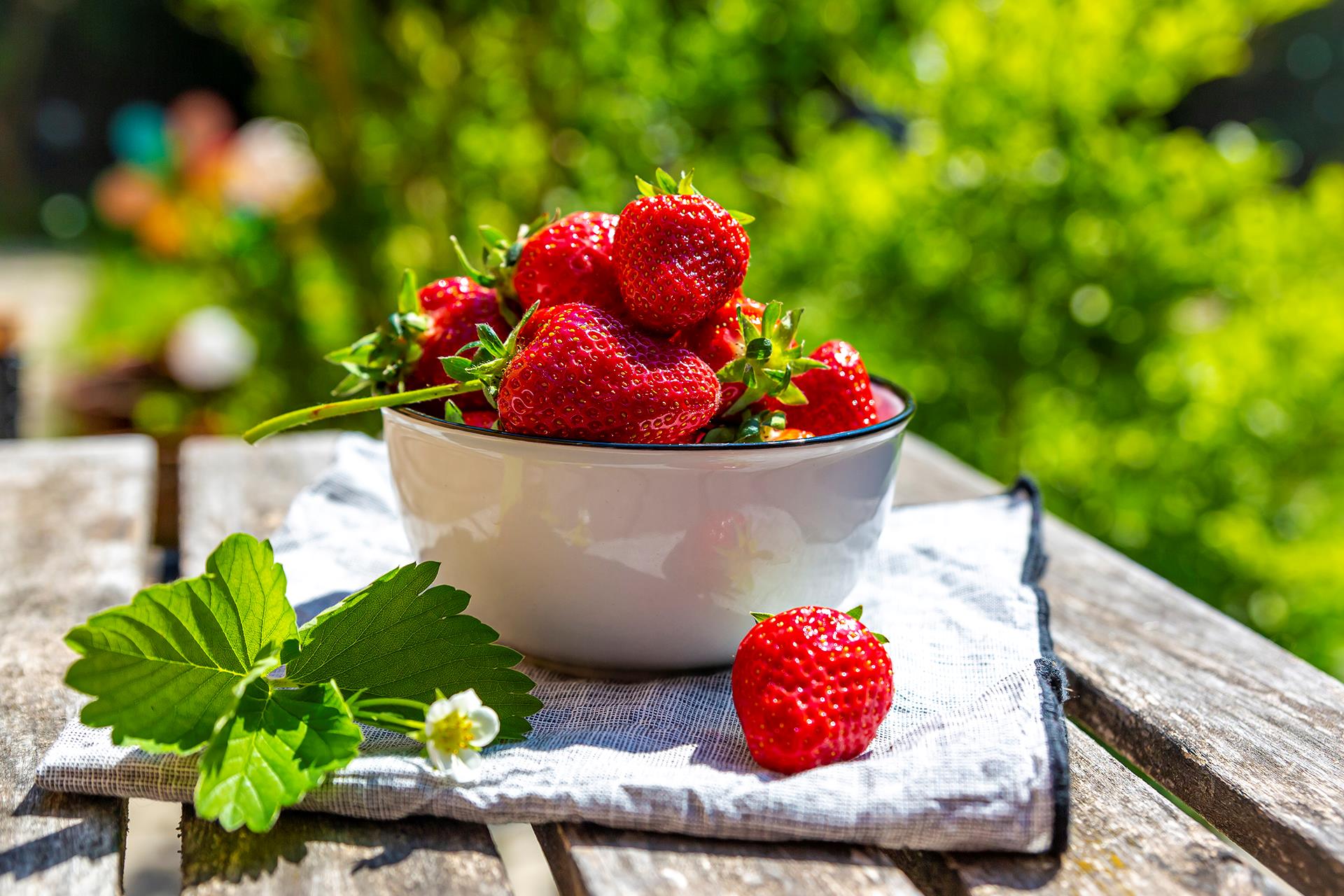

Edible Gardening
How Long For Strawberry Seeds To Sprout
Modified: January 22, 2024
Discover the timeline for strawberry seeds to sprout and tips for successful edible gardening. Start growing your own delicious strawberries today!
(Many of the links in this article redirect to a specific reviewed product. Your purchase of these products through affiliate links helps to generate commission for Chicagolandgardening.com, at no extra cost. Learn more)
Table of Contents
Introduction
Welcome to the world of edible gardening! If you’re a gardening enthusiast looking to add a delicious and versatile fruit to your garden, strawberries are an excellent choice. Not only are they known for their sweet and tangy flavor, but they are also relatively easy to grow from seeds. However, one question that often arises among gardeners is how long does it take for strawberry seeds to sprout?
Before we dive into answering this question, let’s understand a few key factors that influence strawberry seed germination. The germination process depends on various elements such as temperature, moisture, light, and the quality of the seeds themselves.
When it comes to temperature, strawberries thrive in cooler climates. The ideal temperature for strawberry seed germination is around 60 to 75 degrees Fahrenheit (15 to 24 degrees Celsius). It’s important to note that higher temperatures may inhibit germination, so it’s crucial to maintain a moderate temperature range.
Moisture is another critical factor for successful strawberry seed germination. Strawberry seeds require consistent moisture during the germination process. It’s essential to keep the soil evenly moist but not excessively wet. Too much water can lead to rotting of the seeds, while insufficient moisture can hinder germination.
While most plants require exposure to sunlight for germination, strawberry seeds are an exception. They are photoblastic, which means they do not require light for germination. In fact, direct sunlight can sometimes hinder germination. It’s best to germinate strawberry seeds in a dark or partially shaded area.
Last but not least, the quality of the seeds plays a significant role in germination success. It is recommended to purchase high-quality strawberry seeds from reputable suppliers to ensure reliable germination rates. Fresh seeds tend to have a higher germination rate compared to older ones.
Now that we have a basic understanding of the factors influencing strawberry seed germination, let’s explore the estimated time it takes for these delightful seeds to sprout.
Factors Affecting Strawberry Seed Germination
Several factors can impact the germination of strawberry seeds. By understanding these factors, you can create an optimal environment for your seeds to sprout and grow into healthy seedlings.
- Temperature: As mentioned earlier, temperature plays a vital role in the germination process. Strawberry seeds require a moderate temperature range of 60 to 75 degrees Fahrenheit (15 to 24 degrees Celsius) for successful germination. Extreme temperatures, either too high or too low, can inhibit germination.
- Moisture: The right amount of moisture is crucial for strawberry seed germination. Keep the soil consistently moist but not waterlogged. Monitor the moisture level regularly, especially during hot and dry periods, and water as needed to maintain an optimal moisture balance.
- Light: Unlike many other seeds, strawberry seeds are not photosensitive. They do not require light to germinate. In fact, exposing strawberry seeds to direct sunlight can hinder germination. It is best to keep the seeds in a dark or partially shaded area during the germination process.
- Seed Quality: The quality of the strawberry seeds directly affects germination success. Opt for fresh, high-quality seeds from reputable suppliers. Fresh seeds have a higher germination rate compared to older ones. It’s also essential to ensure that the seeds have been properly stored and are free from any signs of damage or disease.
- Seed Stratification: Some strawberry varieties may benefit from a process called seed stratification. This involves exposing the seeds to cold temperatures to simulate winter conditions. Stratification can help break seed dormancy and trigger germination. Not all strawberry seeds require stratification, so check the specific requirements for the variety you are planting.
By considering these factors and providing the ideal conditions, you can greatly increase the chances of successful strawberry seed germination. Now, let’s discuss the estimated time it takes for strawberry seeds to sprout.
Germination Time for Strawberry Seeds
The germination time for strawberry seeds can vary depending on various factors, including the variety of strawberry, environmental conditions, and seed quality. On average, it takes around 2 to 4 weeks for strawberry seeds to sprout.
However, it’s important to note that some strawberry varieties may have a longer germination period, sometimes up to 6 weeks. The specific germination time can also be influenced by factors such as temperature, moisture levels, and seed stratification.
As previously mentioned, strawberries prefer cooler temperatures for germination. If the temperature is too high, it may extend the germination time. Conversely, if the temperature is too low, it can also slow down the process. Maintaining a moderate temperature range between 60 to 75 degrees Fahrenheit (15 to 24 degrees Celsius) can help promote faster germination.
Proper moisture levels are essential during the germination process. The soil should be consistently moist but not overly wet. If the soil is too dry, it can delay or inhibit germination. On the other hand, excessive moisture can lead to seed rot. Monitoring the moisture levels and providing adequate watering will facilitate timely germination.
In some cases, strawberry seeds may benefit from a process called seed stratification. This method involves exposing the seeds to cold temperatures prior to planting. Stratification helps break seed dormancy and can speed up germination. If your strawberry variety requires stratification, follow the recommended method and duration to ensure optimal results.
Remember, each seed is unique, and individual germination times may vary. Patience is key when waiting for your strawberry seeds to sprout. Be diligent in providing the right conditions, and soon you’ll see tiny sprouts emerging from the soil.
Now that we know the germination time for strawberry seeds, let’s explore some tips on how to speed up the germination process.
How to Speed Up Strawberry Seed Germination
If you’re eager to see your strawberry seeds sprout quickly, there are several techniques you can employ to help speed up the germination process. While it’s important to note that each seed is unique, and results may vary, these tips can increase your chances of faster germination.
- Pre-soaking: Soaking strawberry seeds in water prior to planting can help accelerate germination. Place the seeds in a container with room temperature water and let them soak for 24 to 48 hours. This process softens the seed coat, allowing moisture to penetrate more easily and promoting quicker germination.
- Seed scarification: Some strawberry seeds have a hard seed coat that can impede germination. To overcome this barrier, you can scarify the seeds by gently rubbing them with sandpaper or nicking the seed coat with a small file or knife. This mechanical scarification breaks down the tough outer layer, increasing the chances of faster germination.
- Optimal temperature: Maintaining the ideal temperature for strawberry seed germination can help speed up the process. Keep the seeds in a controlled environment with temperatures around 68 to 72 degrees Fahrenheit (20 to 22 degrees Celsius). Avoid extremes in temperature as they can hinder germination.
- Provide consistent moisture: Moisture is crucial for quick germination. Ensure that the soil remains consistently moist, but not waterlogged. Consider covering the pots or trays with plastic wrap or using a humidity dome to create a humid microenvironment that promotes faster seed sprouting.
- Use bottom heat: Providing bottom heat can accelerate the germination rate of strawberry seeds. Utilize a heat mat or place the seed containers near a heat source. The gentle warmth stimulates seed activity and enhances germination.
- Grow lights: While strawberry seeds do not require light for germination, providing grow lights can promote faster and healthier growth once the seeds have sprouted. Place the seedlings under grow lights for about 12-16 hours a day to ensure they receive adequate light energy for photosynthesis.
By applying these techniques and providing optimal conditions, you can potentially speed up the germination time of your strawberry seeds. However, remember that the germination process still requires patience and time. If some seeds take longer to sprout, give them a little more time before assuming they won’t germinate.
Now that you have a better understanding of how to speed up strawberry seed germination, let’s explore some additional tips for successful germination.
Tips for Successful Strawberry Seed Germination
When it comes to germinating strawberry seeds, there are a few tips and tricks that can help ensure successful sprouting and healthy seedling growth. Follow these guidelines to maximize your chances of a fruitful harvest:
- Choose the right variety: Select strawberry varieties that are known for their seed germination success. Look for varieties that are specifically labeled as suitable for starting from seeds.
- Start indoors: Due to their delicate nature, it is generally recommended to start strawberry seeds indoors. This allows for better control over the growing conditions and protects the seedlings from harsh weather conditions.
- Provide well-draining soil: Use a well-draining soil mix specifically formulated for seed starting. This helps prevent water-logging and root rot, providing the ideal growing conditions for your strawberry seeds.
- Sow seeds shallowly: Strawberry seeds require light to germinate, so it’s important to sow them shallowly. Gently press the seeds into the surface of the soil and cover them with a thin layer of vermiculite or fine soil.
- Keep consistent moisture: Maintain consistent moisture throughout the germination process. Check the soil regularly and water as needed to keep it evenly moist. Avoid overwatering, as it can lead to seed rot.
- Label your containers: It’s easy to forget which variety you planted. Label your containers with the name of the strawberry variety and the date of planting. This helps you keep track of each variety’s germination progress.
- Be patient: Remember that germination can take time, and not all seeds will sprout at the same time. Exercise patience and give the seeds ample time to germinate. Avoid the temptation to disturb the soil or prematurely discard the containers.
- Provide air circulation: Good air circulation is crucial for preventing fungal diseases. Place a small fan near your seedlings to promote air movement and discourage the growth of mold or fungus.
- Harden off before transplanting: When the seedlings have developed, gradually expose them to outdoor conditions. This process, known as “hardening off,” prepares the young plants for the transition to the outside environment.
- Transplant carefully: When the seedlings are ready to be transplanted, handle them gently to avoid damaging the delicate roots. Plant them in well-prepared soil, ensuring the crown stays above the surface.
By following these tips, you can increase your chances of successful strawberry seed germination and set your plants up for a healthy start. Remember to provide adequate care and attention as your seedlings grow, including proper watering, fertilizing, and weed control. Soon enough, you’ll be enjoying the delightful fruits of your labor.
Conclusion
Congratulations! You now have a comprehensive understanding of strawberry seed germination. By considering factors such as temperature, moisture, light, and seed quality, you can create the optimal conditions for successful germination. Remember that strawberry seeds typically take around 2 to 4 weeks to sprout, but this can vary depending on various factors.
If you’re eager to speed up germination, techniques such as pre-soaking, seed scarification, optimal temperature, consistent moisture, bottom heat, and grow lights can help expedite the process. Additionally, following tips for successful germination, such as choosing the right variety, starting indoors, providing well-draining soil, and maintaining consistent moisture, will set you on the path to a fruitful harvest.
Throughout the germination journey, exercise patience and care for your seedlings. Be mindful of the individual needs of each strawberry seed and provide them with the necessary attention and proper care. Soon enough, your garden will be graced with vibrant strawberry plants and the promise of delicious, homegrown strawberries.
With the knowledge gained from this article, you are well-equipped to embark on your edible gardening adventure with strawberry seeds. May your gardening endeavors be fruitful, delicious, and filled with the joy of growing your own food.

